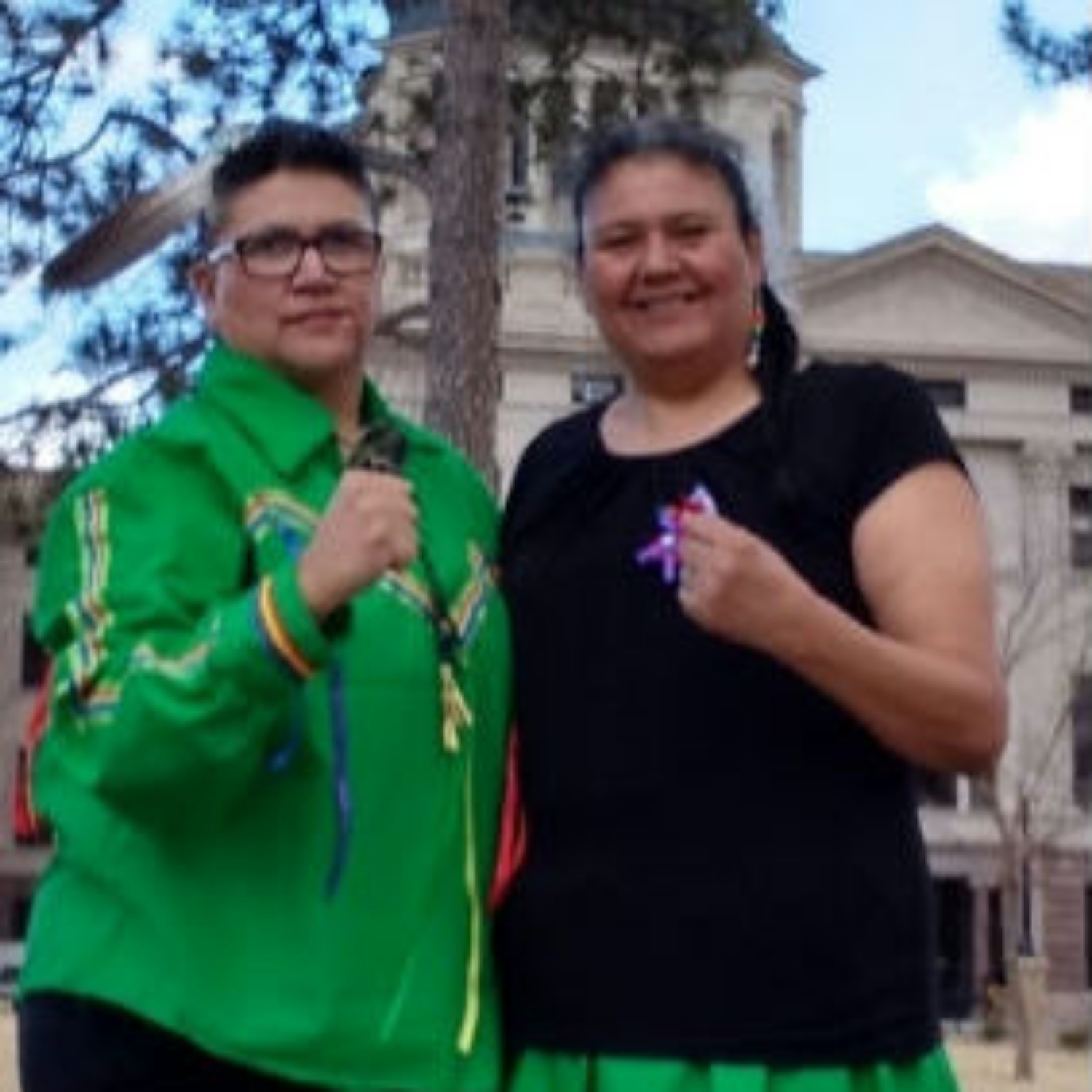How Hate Crime Legislation Protects Communities
- Monique - Felipa De Leon - Mousseau

- 5 days ago
- 3 min read
Communities thrive when every individual feels safe and respected. Unfortunately, acts motivated by bias and hatred can disrupt this harmony. Hate crime protection laws play a crucial role in addressing these offenses and fostering safer environments. This article explores how these laws work, their impact on communities, and practical steps to support their effectiveness.
Understanding Hate Crime Protection Laws
Hate crime protection laws are designed to address crimes motivated by prejudice against specific groups based on race, religion, ethnicity, sexual orientation, gender identity, disability, or other protected characteristics. These laws enhance penalties for offenders whose actions are driven by bias, recognizing the broader harm such crimes inflict on communities.
Key features of hate crime protection laws include:
Enhanced Sentencing: Offenders face stricter penalties compared to similar crimes without bias motivation.
Recognition of Victim Impact: These laws acknowledge the emotional and psychological trauma inflicted on victims and their communities.
Data Collection: Authorities track hate crimes to better understand patterns and allocate resources effectively.
By targeting the root causes of bias-motivated violence, hate crime protection laws aim to deter offenders and promote social cohesion.

The Role of Hate Crime Protection Laws in Community Safety
Hate crime protection laws contribute significantly to community safety in several ways:
Deterrence of Bias-Motivated Crimes
When offenders know that crimes motivated by hate carry harsher consequences, they may think twice before acting. This deterrent effect helps reduce the frequency of such offenses.
Empowerment of Victims and Communities
These laws send a clear message that society condemns hate-based violence. Victims feel supported and encouraged to report incidents, which is essential for effective law enforcement.
Promotion of Social Inclusion
By addressing hate crimes explicitly, communities affirm their commitment to diversity and inclusion. This fosters trust among different groups and strengthens social bonds.
Improved Law Enforcement Response
Specialized training and protocols for handling hate crimes ensure that law enforcement agencies respond appropriately and sensitively.
Example: In cities where hate crime protection laws are actively enforced, there has been a noticeable increase in reporting rates and community engagement initiatives aimed at preventing bias-motivated violence.
How Hate Crime Legislation Protects Vulnerable Groups
Certain groups are disproportionately targeted by hate crimes, making legal protections vital for their safety and well-being. For example:
Racial and Ethnic Minorities: Hate crimes against these groups often escalate tensions and can lead to community unrest.
LGBTQ+ Individuals: Protection laws help combat violence and discrimination based on sexual orientation or gender identity.
Religious Minorities: Safeguarding places of worship and religious practices is essential to maintaining freedom and peace.
People with Disabilities: These laws help prevent targeted abuse and promote accessibility and respect.
By recognizing the unique vulnerabilities of these groups, hate crime protection laws provide tailored safeguards that address specific risks.

Practical Steps to Support Hate Crime Protection Laws
Communities and individuals can take active roles in reinforcing the effectiveness of hate crime protection laws:
Educate Yourself and Others: Understanding what constitutes a hate crime and the protections available is the first step toward prevention.
Report Incidents Promptly: Encourage victims and witnesses to report hate crimes to authorities to ensure proper investigation and support.
Support Victims: Offer emotional support and connect victims with resources such as counseling and legal aid.
Engage in Community Programs: Participate in or organize workshops, dialogues, and events that promote tolerance and understanding.
Advocate for Stronger Laws: Work with local leaders and organizations to strengthen hate crime legislation and enforcement.
These actions help create a culture where hate crimes are less likely to occur and more effectively addressed when they do.
Building Resilient Communities Through Legal Protections
The presence of hate crime protection laws is a foundational element in building resilient communities. These laws not only punish offenders but also affirm the values of respect, equality, and justice. When communities actively uphold these principles, they become stronger and more united.
To foster resilience:
Encourage open communication among diverse groups.
Promote education on cultural competence and anti-bias.
Support local initiatives that celebrate diversity.
Collaborate with law enforcement to ensure fair and sensitive handling of hate crimes.
By combining legal protections with community engagement, societies can reduce the impact of hate crimes and promote lasting peace.
Hate crime protection laws are essential tools in the fight against bias-motivated violence. They provide justice for victims, deter offenders, and help build inclusive communities where everyone can feel safe. For more detailed insights and resources on this topic, explore hate crime legislation.





Comments